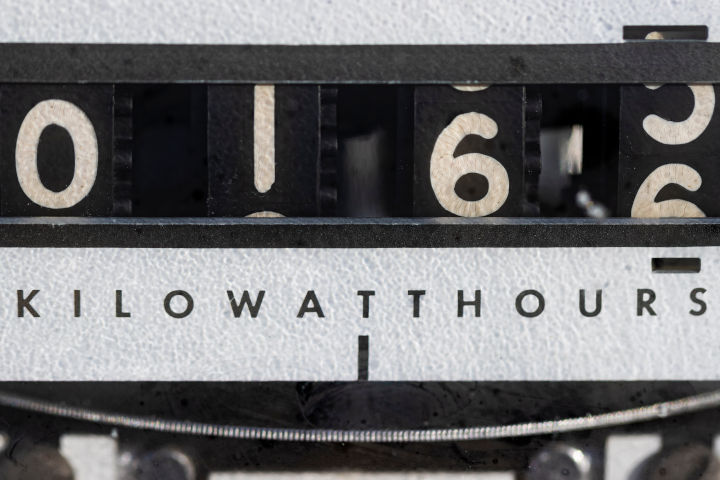Published on 2022-08-18
Smart Meter Analytics
Building a smart energy meter analytics platform

Connected Homes, wholly owned by Centrica, focuses on building IoT devices that help customers save energy and secures their home. They provide these devices through the Hive brand and operate in the UK, US and other European regions.
THE PROBLEM
British Gas has consistently been losing customers year on year and after conducting some customer research groups found that one of the biggest issues facing their customers is that they do not understand their energy bills or how they could reduce their energy consumption. From this research they commissioned the ‘My Energy’ programme to develop an application that could help solve this problem for their 11 million customers.
Connected Homes were asked to create the application and immediately brought in a development team led by a Scrum Master. Within 6 months a very basic application was created that did not meet any of the requirements that had been set by British Gas. Something had to change.
We were approached by Connected Homes for some previous project recovery work that we carried out with the CTO. We immediately put in a Delivery Lead to understand what was happening and to get the project back on track for a release in 7 months time.
THE SOLUTION
We placed a Delivery Lead into the business to conduct an audit to understand what the MVP requirements and success criteria was for the initial release. During the audit the Delivery Lead discovered that the Product Team were not clearly defining the user stories for the team. This was leading to confusion on the features that were being built by the development team.
To help resolve this we placed a Product Owner into the team and introduced dual track agile. This created a Discovery and Delivery phase and ensured that all stories coming to the team were meeting the Definition of Ready that had been defined by the Development team.
In parallel the Delivery Lead started to work on the delivery process that had been in place for the last 6 months. Straight away a number of issues were discovered; the critical problem was that the team did not hit their commitments on each sprint, mainly due to the working on stories that had a number of external dependencies. Over the course of the next 3 months the Delivery Lead introduced a number of experiments that altered some of the processes that the development team used. They also introduced very tight feedback loops to ensure that the processes were monitored and removed if they were not adding value.
With the process evolving we started to see the dynamics within the team change, delivery timelines starting to be met and the Product Team providing more stories than we had developers. After discussions with the business we were asked to quickly bolster the team to meet the demand from the Product Team and placed a Technical Lead and additional developers to bolster the ranks.
One of the last challenges was improving the communications between Connected Homes and British Gas. One British Gas senior architect made an observation about how we worked and was quoted in a Programme Board meeting as saying:
“Connected Homes is like a speed boat tied to us [British Gas] which is a cruise liner. They [Connected Homes] are fast at implementation and turning things around whereas we [British Gas] take a long time to incorporate the functionality”.
To solve this, our Delivery Lead worked closely with the British Gas Programme Manager and Product Owner to develop a feedback loop between the Waterfall and agile artefacts which got produced. This created a 360 degree traceability route through everything that we carried out, meaning we could trace all functionality that was developed to the business value pillar set by British Gas and then back into the original Business Case. We also measured business statistics to ensure the functionality built met the success criteria set within the story and ultimately within the business case.
THE RESULT
The initial MVP product was delivered to British Gas in August and helped reduce customer churn by 3% year on year. It also secured an additional £4.6m of investment to continue running user workshops and evolving the product. In one of investment meetings our main project sponsor from British Gas was quoted saying
“It is not worth us [British Gas] requesting the functionality that we want you to build as you clearly understand what our customers and the results are fantastic”.
Over the course of 12 months the Delivery Lead worked closely with the Development team and moved them into Kanban with published cycle times. They had an 88% delivery record vs commitment as well as providing the ability to estimate how long work would take with a 85% confidence level.
As we continued to evolve My Energy, British Gas asked us to develop the My Energy Live product as well which was launched in 2017. Providing customers with the ability to see live energy usage, again with the aim of reducing customer churn.
During 2017 we started to remove our presence from Connected Homes as part of a sustainability drive as the My Energy programme went into a BAU delivery phase. As part of this initiative we worked closely with internal and external recruitment channels to add permanent and temporary resources to the team.




